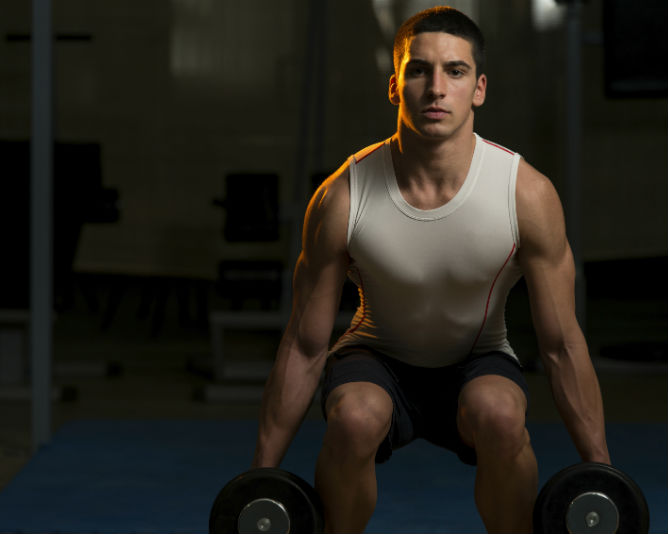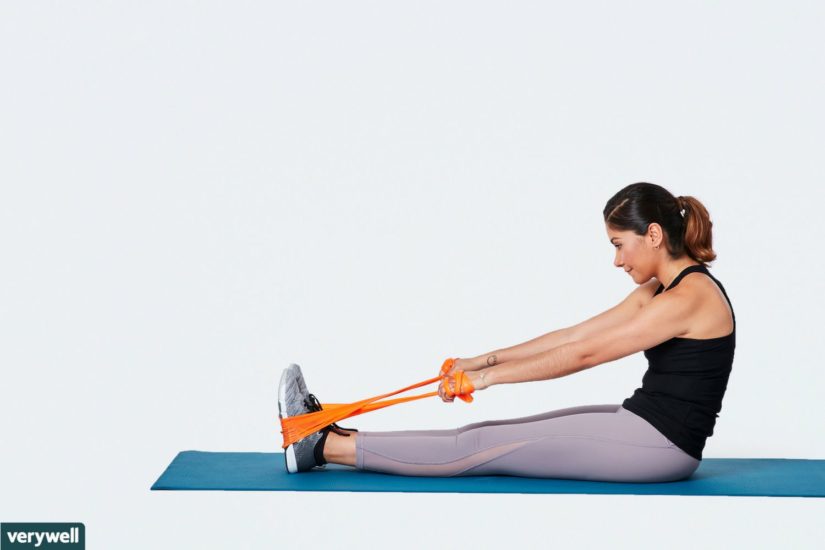When I was younger I was told by a friend that weight lifting made you look good but that the extra muscle would actually make you slower as an athlete. That concerned me and I definitely decided to look into it. Since then I have heard that same claim thrown around from time to time.
It is true that weight training CAN actually take away some of your speed, but there are ways to train in order to make sure that it doesn’t.
The main area to focus on is to make sure that you’re working opposing muscles equally. Quick review: muscles only contract. So if you want to know which exercises work what muscles you can just ask yourself what muscles are being contracted in the exercise. For instance, when I bend my arm at the elbow like when doing a curl I am contracting my bicep. When I extend my arm back out like during a bench press I am using my triceps. When I perform a dynamic movement, such as throwing a punch, I primarily use the triceps muscles instead of the bicep because I am extending my arm. Yet my bicep then has to act as the brake or else my arm won’t stop until it’s been hyper-extended. So my bicep is also then activated.
The problem of becoming slower is when one muscle is neglected over its opposing muscle. So say I did the bench press every day. I would be strengthening my triceps and chest. But if I’m not working out my biceps to keep up with my triceps then when I throw a punch my biceps will be slightly pulling the brakes throughout the movement because they would be too weak to put the brakes on a fully thrown punch with the added triceps strength.
So key #1: Workout opposing muscles. If you work out your biceps, work out your triceps, too. If you train your quads, make sure you’re also hitting the hamstrings.
The second problem is in the types of muscle fibers you’re training. We are all made up of two types of muscle–fast twitch and slow twitch. Fast twitch fibers are used during explosive movements and the slow twitch fibers are used for endurance events. Fast twitch fibers tend to grow larger as they’re worked, slow twitch tend to get firmer. That’s why runners tend to have skinnier legs–they’re mostly training their slow twitch muscle fibers.
One thing that has been debated over the years is whether or not slow twitch muscle fibers can change into fast twitch muscle fibers and vise versa. Research has indicated that yes, they can. So if you’re wanting to become faster and more explosive but you’re training more for endurance muscles then you are going to slow yourself down.
So key #2: Combine your workouts with a lot of fast twitch muscle fiber training. How do you do that? Well, the key is weight and reps. The lower the weight and the higher the reps you do, the more slow twitch muscle fibers you’ll be working. Instead, opt for a higher weight that you can only do for a small number of reps.
With these two keys in place you will be able to train your muscles to be both stronger AND faster.




